How many Volts is This Double Breaker
6 years ago
Featured Answer
Sort by:Oldest
Comments (52)
Related Discussions
Electric Fence: circuit breaker trips when ground is connected
Comments (7)Plenty of if's, and's, and but's, but you can be creative on your grounding, but I wouldn't try it with an AC charger. If lightning strikes your fence and the charger isn't grounded, your house wiring will take the hit. I use solar and battery operated chargers with the 1 ft ground stake but my fences are no more than 600 meters long and the ground is moist. Lightning strikes ruin only the charger (if the lightning kits don't work). For me, AC chargers aren't worth the hassel of installing them to a standard that will keep your insurance rates reasonable and damages fixed by the insurance company if something happens. Dave...See Moredouble pole breaker with different voltages
Comments (17)Just for starters, in a 120 V systemn there is no cancellation in neutral current from having two legs 180 degrees out of phase. That means the neutral must carry the SUM of allthe hot curents. Using the same size for a neutral as a two hots WILL overload the neutral. Joining aluminum and coppper wire is a real PITA. It requires special techniques. For larger conductors it is usually done by placing each condutcotor in seperate hols of a mechanical clamp devices and then bolting the two clamps together. Joining Al and Cu together in a split bolt is not a really good idea. Al has a much higher expansion factor than Cu and tends to work loose over many thermal cycles. Add to this the fact that the Al must be left in a very soft condition to allow handling. Get a pro in to figutr out what has gone wrong. Corrosion problems would be at the top of my list....See Morehow to you get 55 volts coming from an outlet?
Comments (17)It's been a while since I've been on this forum, but I saw this posting and wanted to share information about a similar experience I encountered. I always thought home wiring was either 120v or 0v (240v from two 120v legs). One time, a neighbor of mine was having trouble getting his basement stairway light to work. It wouldn't come on. He had me to look at it. I tried the bulb in another socket and it worked, so I knew there wasn't anything wrong with it. I took out the light switch in the wall and shut off the power to the whole house because I didn't know which breaker went to the light. I used my volt meter and turned the power back on. I got a reading of 50 volts. Thinking that possibly the copper had oxidized too much, I cut the wires back and exposed new copper. I still got only 50 volts. After several hours, the 50 volts still remained. I really believe that something was seriously wrong with the wiring in that house. There's a nearby kitchen light circuit that has really caused problems for him. He's had at least 2 light bulbs explode on that line for no apparent reason at all. He eventually called an electrician who had to order some kind of a special part. I didn't find out what it was. To make sure my volt meter was working right, I tested it out on my home's wiring and got 120 volts. This was probably the most unusual electrical issue I've ever encountered until I read this posting....See MoreTesting Amps on double pole breaker
Comments (25)DavidR, Phases are nothing more than comparing multiple electrical waves with respect to time. So assuming two waves, if they both peak at the same time, they're said to be "in" phase, or 0 degrees "out of phase". When the power company creates power, they do exactly what you suggest, and put the windings 120 degrees apart, and deliver 3 phases of power. That's why if you look at overhead transmission lines, they're always in groups of three. However, that's not the only way to create a phase difference. As Brickeyee pointed out, single phase motors use capacitors to start (and sometimes run) the motors. What they're doing with the capacitors is creating a second phase. Residential US power comes from a single phase which is delivered to the house via a center-tap transformer. By definition, the two hot legs are 180 degrees out of phase with each other. By convention, though, we don't call this 2-phase, because at one time, power was delivered as 90-degree out of phase, and was called 2-phase. (I'm not sure if this still exists anywhere). One thing that you might find interesting is that the fans on many computers and audio equipment are 3-phase to both prolong their lives, and to make them quieter. All it takes is a little bit of electronics to transform single phase into multiphase power....See More- 6 years agolast modified: 6 years ago
- 6 years ago
- 6 years ago
- 6 years ago
- 6 years ago
- 6 years ago
- 6 years ago
- 6 years ago
- 6 years ago
- 6 years ago
- 6 years ago
- 6 years ago
- 6 years ago
- 6 years agolast modified: 6 years ago
- 6 years ago
Related Stories
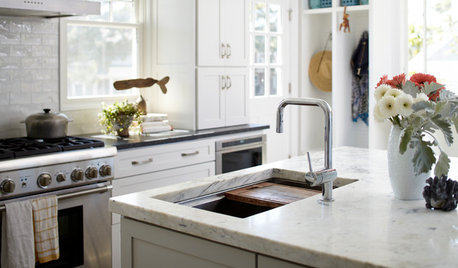
KITCHEN DESIGNKitchen of the Week: Double Trouble and a Happy Ending
Burst pipes result in back-to-back kitchen renovations. The second time around, this interior designer gets her kitchen just right
Full Story
DECORATING GUIDES10 Easy Fixes for That Nearly Perfect House You Want to Buy
Find out the common flaws that shouldn’t be deal-breakers — and a few that should give you pause
Full Story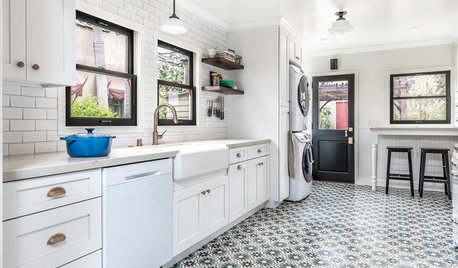
KITCHEN DESIGN11 Enduring Kitchen Ideas From the Industry’s Biggest Event
We visited the Kitchen and Bath Industry Show and found that many familiar kitchen features appear to be here to stay
Full Story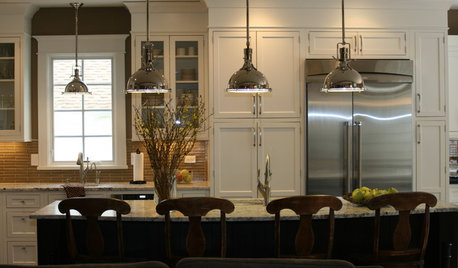
KITCHEN DESIGNKitchen Islands: Pendant Lights Done Right
How many, how big, and how high? Tips for choosing kitchen pendant lights
Full Story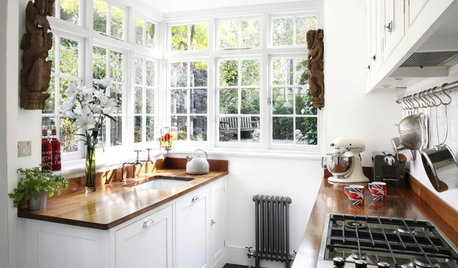
SMALL KITCHENS10 Things You Didn't Think Would Fit in a Small Kitchen
Don't assume you have to do without those windows, that island, a home office space, your prized collections or an eat-in nook
Full Story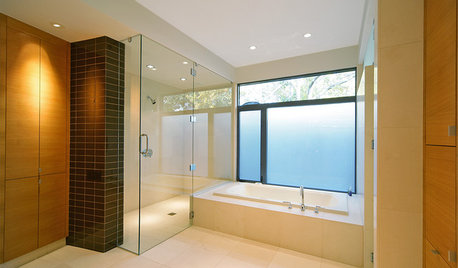
BATHROOM DESIGNHow to Choose Tile for a Bathtub
Creating a safe, stylish and useful bathtub with tile is all in the details. Here's how to get them right
Full Story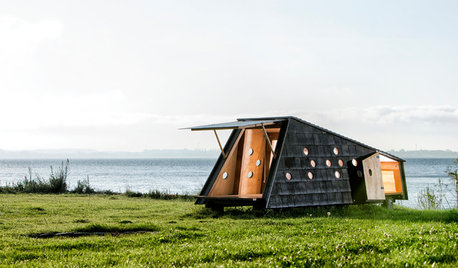
SMALL SPACESTiny Huts, Cabins and Modular Houses for Remote Living
City living got you down? Take shelter in the countryside in one of these latest designs fit for out-of-the-way living
Full Story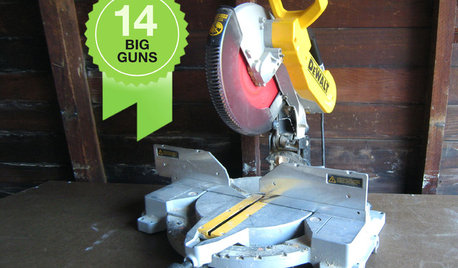
DIY PROJECTS14 Power Tools for the Home Shop
Want the thrill of building it yourself? These "big guns" help the handy homeowner tackle just about any job
Full Story
BATHROOM DESIGNHow to Settle on a Shower Bench
We help a Houzz user ask all the right questions for designing a stylish, practical and safe shower bench
Full Story
MOST POPULARShould You Keep Your Tub?
There are reasons to have a bathtub, and plenty of reasons not to. Here’s how to decide if you should keep yours or pull the plug
Full StorySponsored
More Discussions



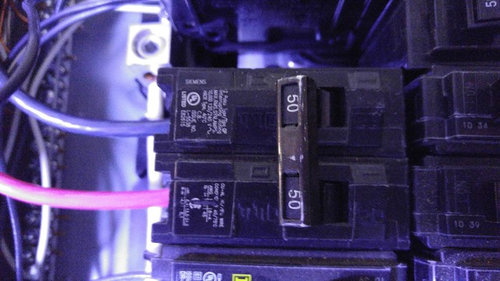
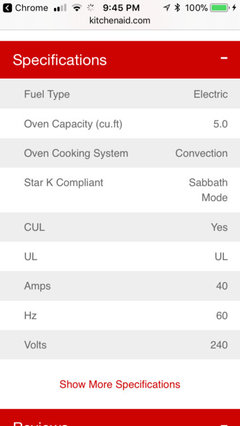
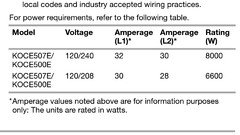
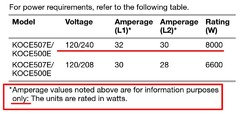
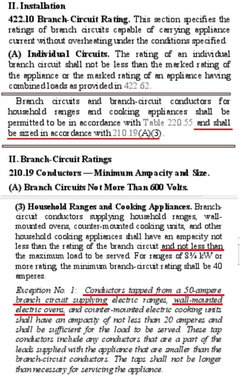



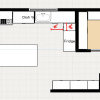
thadcopeland